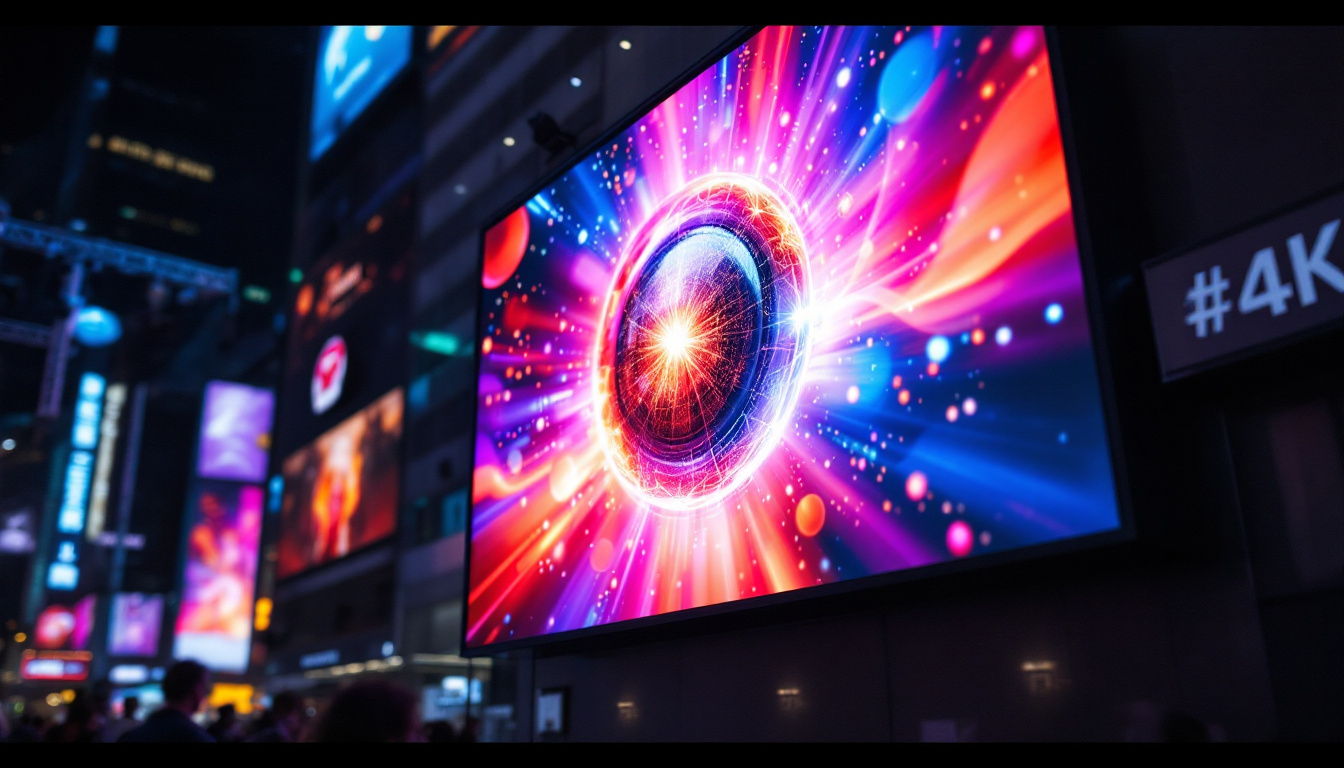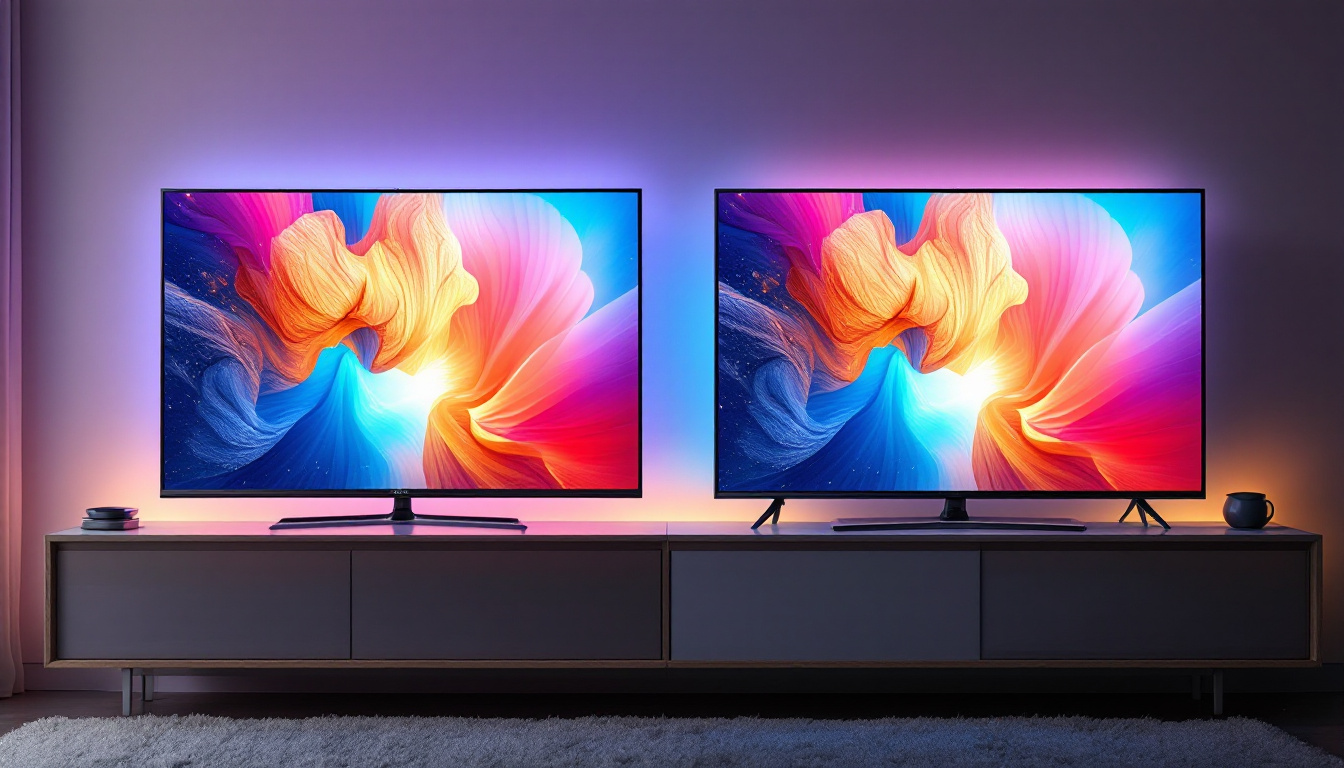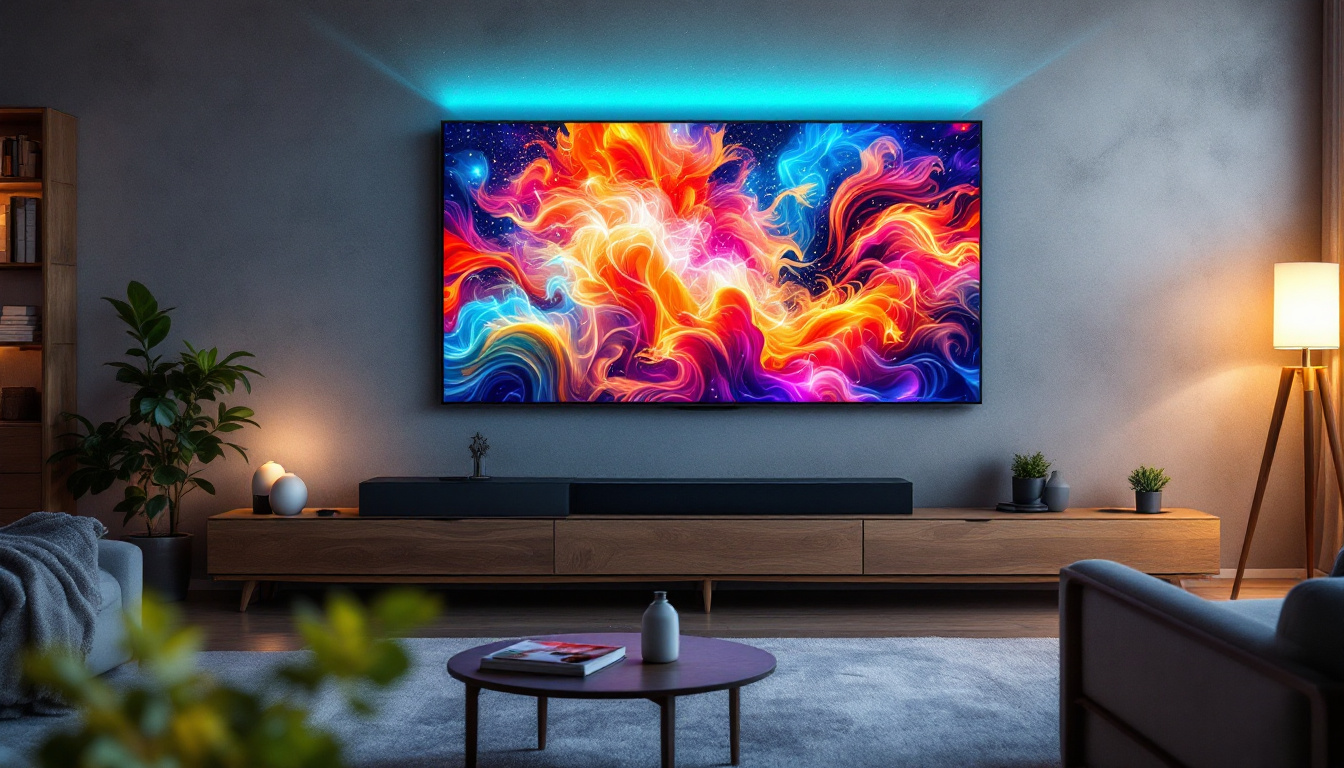What Is LCD Display: LED Display Explained
In the ever-evolving world of display technology, understanding the differences between various types of screens is crucial for consumers and professionals alike. Two of the most commonly used display technologies are LCD (Liquid Crystal Display) and LED (Light Emitting Diode). While these terms are often used interchangeably, they refer to different technologies. This article aims to clarify what LCD and LED displays are, how they function, and their respective advantages and disadvantages.
Understanding LCD Displays
LCD displays have become a standard in various electronic devices, including televisions, computer monitors, and smartphones. The technology behind LCD screens involves the manipulation of liquid crystals to produce images. Unlike older technologies such as CRT (Cathode Ray Tube), LCDs are thinner, lighter, and more energy-efficient.
How LCD Technology Works
The core principle of LCD technology lies in liquid crystals, which can change their alignment when an electric current is applied. This change in alignment affects the passage of light through the crystals, allowing for the creation of images. An LCD screen is composed of several layers, including a backlight, polarizers, and the liquid crystal layer itself.
The backlight, typically composed of fluorescent tubes or LEDs, provides the necessary illumination for the display. The polarizers filter the light, ensuring that only certain wavelengths pass through. As the liquid crystals adjust their alignment, they modulate the light to create various colors and images on the screen. The precision of this alignment is crucial, as it directly impacts the overall image quality, leading to vibrant colors and sharp details that enhance the viewing experience.
In addition to the basic components, advancements in LCD technology have introduced features such as in-plane switching (IPS) and twisted nematic (TN) panels. IPS panels are known for their superior color accuracy and wider viewing angles, making them a popular choice for professional graphic work and multimedia consumption. On the other hand, TN panels are often favored for their faster response times, which cater to gamers seeking minimal motion blur during fast-paced action sequences.
Advantages of LCD Displays
One of the primary advantages of LCD displays is their energy efficiency. Compared to older technologies, LCDs consume significantly less power, making them an environmentally friendly option. Additionally, they offer excellent image clarity and sharpness, which is particularly beneficial for tasks requiring high-resolution visuals, such as graphic design and gaming.
Another notable benefit is the slim profile of LCD screens. This makes them ideal for modern applications where space-saving designs are essential. Furthermore, LCDs are less prone to screen burn-in, a common issue with older display technologies. This durability extends the lifespan of the display, allowing users to enjoy their devices without the worry of permanent image retention that can mar the viewing experience.
Moreover, the affordability of LCD technology has contributed to its widespread adoption. As manufacturing processes have improved and costs have decreased, consumers can access high-quality displays at competitive prices. This democratization of technology means that even budget devices can offer impressive visual performance, making LCDs a staple in both personal and commercial settings.
Disadvantages of LCD Displays
Despite their many advantages, LCD displays do have some drawbacks. One of the most significant limitations is their viewing angles. Colors and brightness can shift when viewed from an angle, which can be a concern in multi-user environments. Additionally, while LCDs offer good contrast ratios, they may not achieve the same deep blacks as other technologies like OLED.
Moreover, LCD displays can suffer from motion blur, particularly in fast-paced video content. This can detract from the viewing experience, especially for gamers and sports enthusiasts. To combat this issue, many manufacturers have introduced technologies such as motion interpolation and higher refresh rates, which aim to smooth out motion and enhance clarity during rapid movements.
Another consideration is the response time of LCD panels, which can vary significantly between different types. While TN panels may excel in speed, IPS panels often lag behind, leading to potential ghosting effects during fast action scenes. This trade-off between color accuracy and response time can influence a buyer’s decision based on their specific usage needs, whether for gaming, professional work, or casual viewing.
Exploring LED Displays
LED displays, while often confused with LCDs, are a distinct technology. The term “LED display” typically refers to displays that use LEDs as a light source, either as a backlight for an LCD or as the primary light-emitting component in an OLED display. Understanding the nuances between these technologies is essential for making informed decisions when purchasing a display.
How LED Technology Works
LED displays utilize light-emitting diodes to produce images. In the case of LED-backlit LCDs, the LEDs serve as the light source behind the liquid crystal layer. This combination allows for enhanced brightness and improved color accuracy compared to traditional fluorescent backlighting.
On the other hand, true LED displays, often referred to as OLED (Organic Light Emitting Diode) displays, generate light at the pixel level. Each pixel emits its own light, allowing for greater control over brightness and color. This results in deeper blacks and a wider color gamut, making OLED displays particularly appealing for high-end applications.
Advantages of LED Displays
One of the standout features of LED displays is their superior brightness. LED technology allows for higher luminance levels, making these displays ideal for environments with significant ambient light. Additionally, the ability to achieve true blacks in OLED displays enhances the overall contrast ratio, resulting in a more immersive viewing experience.
Another advantage is the improved energy efficiency of LED displays. While traditional LCDs are energy-efficient, LED technology takes this a step further. This efficiency is particularly evident in OLED displays, which consume less power when displaying darker images since individual pixels can be turned off completely.
Disadvantages of LED Displays
Despite their many benefits, LED displays are not without their drawbacks. One common issue is the potential for color accuracy problems, especially in lower-quality models. In some cases, cheaper LED displays may suffer from uneven backlighting, leading to a phenomenon known as “light bleed,” where bright areas of the screen can spill into darker regions.
Furthermore, while OLED displays offer exceptional picture quality, they are often more expensive than their LCD counterparts. This higher cost can be a barrier for consumers looking for budget-friendly options. Additionally, OLED technology can be susceptible to burn-in, where static images can leave a permanent mark on the screen over time.
Comparing LCD and LED Displays
When choosing between LCD and LED displays, it is essential to consider various factors, including intended use, budget, and personal preferences. Both technologies have their strengths and weaknesses, making them suitable for different applications.
Image Quality
In terms of image quality, LED displays generally outperform LCDs, particularly in contrast and color accuracy. OLED displays, a type of LED technology, provide the best picture quality available today, with vibrant colors and deep blacks. However, high-end LCDs can still deliver impressive visuals, especially those using advanced technologies like IPS (In-Plane Switching) panels.
Energy Efficiency
Both LCD and LED displays are energy-efficient compared to older technologies. However, LED displays tend to be more efficient, particularly OLEDs, which can save power when displaying darker images. This efficiency can lead to lower electricity bills over time, making LED displays a more sustainable choice.
Cost Considerations
Cost is often a significant factor in purchasing decisions. Generally, LCD displays are more budget-friendly than LED displays, especially when considering high-end OLED models. However, the price gap has been narrowing as technology advances and production costs decrease. Consumers should weigh their budget against the desired features and performance when making a decision.
Applications of LCD and LED Displays
Both LCD and LED displays have found their way into a wide range of applications, each serving specific needs and preferences. Understanding where these technologies excel can help consumers make informed choices based on their requirements.
Common Uses of LCD Displays
LCD displays are prevalent in various devices, including computer monitors, televisions, and mobile devices. Their energy efficiency and thin profile make them ideal for portable devices like laptops and tablets. Additionally, LCDs are often used in public displays, such as digital signage and information kiosks, due to their reliability and clarity.
Common Uses of LED Displays
LED displays are commonly used in high-end televisions, professional monitors, and digital billboards. The superior brightness and color accuracy make them ideal for environments where visual impact is essential, such as retail spaces and advertising. OLED technology, in particular, is favored in premium televisions and smartphones, where image quality is a top priority.
The Future of Display Technology
As technology continues to advance, the future of display technology looks promising. Innovations in both LCD and LED technologies are expected to enhance performance, reduce costs, and improve energy efficiency. Emerging technologies, such as MicroLED and MiniLED, are also gaining traction, offering even greater potential for future displays.
Emerging Technologies
MicroLED technology, which uses tiny individual LEDs to create images, promises to deliver the best of both worlds—high brightness, excellent color accuracy, and energy efficiency. This technology has the potential to revolutionize the display market, offering a new alternative to both LCD and OLED displays.
MiniLED technology, on the other hand, enhances traditional LED backlighting by using smaller LEDs to achieve better local dimming and improved contrast. This technology can provide a significant upgrade to LCD displays, making them more competitive with OLEDs in terms of picture quality.
Consumer Trends
As consumers become more aware of display technologies, preferences are shifting toward higher-quality options. The demand for OLED displays is on the rise, driven by the desire for superior image quality in televisions and smartphones. However, LCDs will likely remain popular due to their affordability and versatility.
Conclusion
Understanding the differences between LCD and LED displays is essential for making informed decisions in today’s technology-driven world. While both technologies have their advantages and disadvantages, they serve distinct purposes and cater to various needs. As display technology continues to evolve, consumers can expect even more options that enhance their viewing experiences.
Whether opting for an LCD or an LED display, it is crucial to consider factors such as image quality, energy efficiency, and cost. By staying informed about the latest advancements and trends, consumers can choose the right display technology that meets their specific requirements and preferences.
Discover Cutting-Edge LED Display Solutions
As you consider the future of your visual display needs, LumenMatrix stands ready to elevate your experience. Specializing in innovative LED display technology, LumenMatrix offers a comprehensive range of solutions tailored to create immersive and dynamic environments. From Indoor and Outdoor LED Wall Displays to specialized options like Vehicle, Sports, and Floor LED Displays, our products are designed to captivate and engage. Embrace the revolution in visual communication with our Custom, All-in-One, and Transparent LED Displays, and see how our commitment to excellence can transform your space. Check out LumenMatrix LED Display Solutions today and step into a world of vivid clarity and unparalleled brightness.































